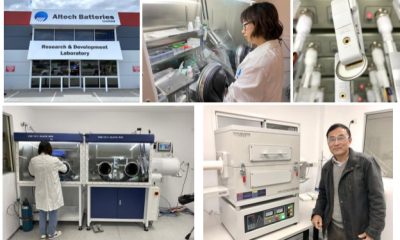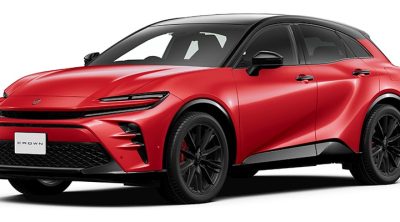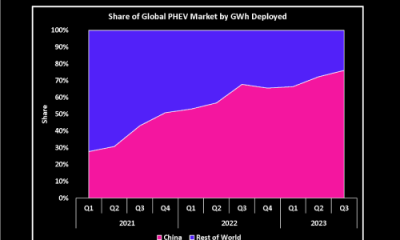Energy & Critical Metals
VW ID.3 retains 93% net battery capacity after 100k km testing by ADAC
After 100,000 km of testing by Germany’s ADAC, the high-voltage battery of Volkswagen’s ID.3 retained a net capacity of 93%. An ID.3 Pro S with 77…
After 100,000 km of testing by Germany’s ADAC, the high-voltage battery of Volkswagen’s ID.3 retained a net capacity of 93%. An ID.3 Pro S with 77 kWh net battery energy content was tested. Volkswagen, as for all other models in the ID. family, guarantees that the battery will have at least 70% of its original net capacity after eight years in operation or 160,000 kilometers of driving.
The ADAC testers did not spare the battery. To reach the 100,000 kilometer mark as quickly as possible, the ID.3 was often charged to 100% at fast charging stations—the recommendation, based on battery longevity, is 80%. In addition, contrary to the recommendation, the vehicle was usually ready for the next tester at the charging station with a 100% charge level, sometimes for several days.
The endurance test was the first of its kind for a vehicle of the ID. family. Between test drives, the ID.3 was repeatedly checked by engineers at the Landsberg am Lech Test and Technical Center. ADAC examines eight main criteria and more than 300 sub-criteria, ranging from technology and safety to handling, ease of operation and environmental impact.
The ADAC has a clear recommendation for customers: Software updates should always be installed. During the endurance test, the ID.3 received several software updates. In addition to various bug fixes, the updates brought, among other things, an increase in charging power up to 170 kW. The updates also had a positive effect on consumption and thus range. In particular, the new software significantly improved power consumption over short distances and winter temperatures of 0 to 5 °C.
The intelligent Electric Vehicle Route Planner, which the ID.3 also received via an update, is also praised by the ADAC testers. On a longer route, it plans the charging stops in such a way that the destination is reached as quickly as possible.
In addition to the battery’s state of charge, the system also takes into account the current traffic situation and forecasts. The charging stops are evaluated dynamically and are based on the performance of the pillars. As a result, route planning can suggest two short charging stops with high power instead of a single long one with low power.

Uranium Exploration Company Announces Additional Staking in the Athabasca Basin
Source: Streetwise Reports 12/22/2023
Skyharbour Resources Ltd. announced an update from its Canada-based Falcon Project along with additional…
Tesla Launches New Mega Factory Project In Shanghai, Designed To Manufacture 10,000 Megapacks Per Year
Tesla Launches New Mega Factory Project In Shanghai, Designed To Manufacture 10,000 Megapacks Per Year
Tesla has launched a new mega factory…
Giving thanks and taking stock after “a remarkable year”
An end-of-year thank you to our readers, industry colleagues and advertisers before Electric Autonomy breaks from publishing until Jan. 2
The post Giving…














